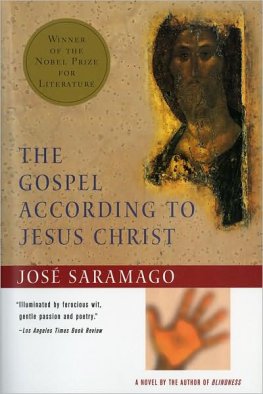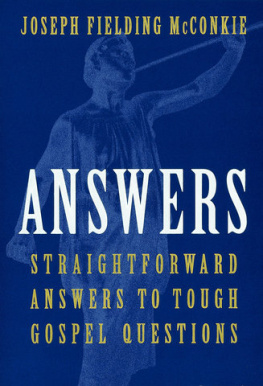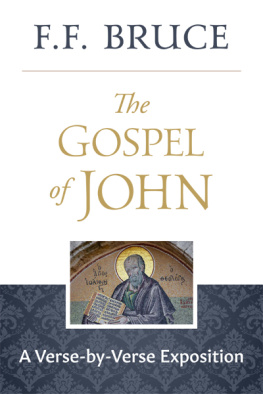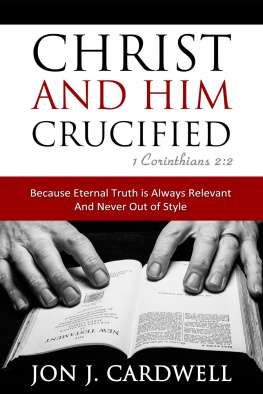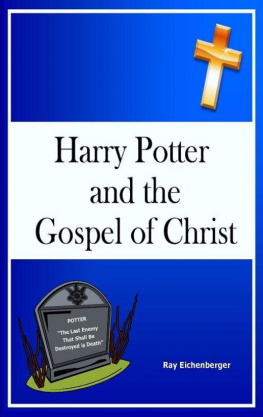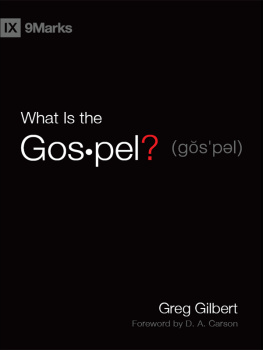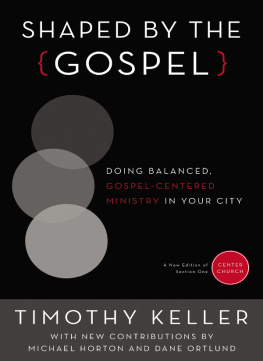Gospel Symbolism
Joseph Fielding McConkie
2013 Joseph Fielding McConkie.
All rights reserved. No part of this book may be reproduced in any form or by any means without permission in writing from the publisher, Deseret Book Company, P.O. Box 30178, Salt Lake City Utah 84130. This work is not an official publication of The Church of Jesus Christ of Latter-day Saints. The views expressed herein are the responsibility of the author and do not necessarily represent the position of the Church or of Deseret Book. Deseret Book is a registered trademark of Deseret Book Company.
Preface
Preface
For many within the Church, symbolism is a dead language. The difficulties of interpretation and the barriers posed by scriptural language have discouraged some Saints from feasting upon the inspired word. But those hungering for this greater substance have turned to the scriptures and commenced the struggle to learn the language of revelation. They have discovered that to be fluent in the language of the Spirit one must be fluent in the language of symbolism. It is hoped that this volume will be helpful to that end.
No pretense is made that this work represents an exhaustive treatment of the subject. It does not. What it hopes to be is a helpful introduction to the subject. Further, no claim is made to being the final word. Symbols are the language of feeling, and as such it is not expected that everyone will perceive them in the same way. Like a beautifully cut diamond, they catch the light and then reflect its splendor in a variety of ways. As viewed at different times and from different positions, what is reflected will differ, yet the diamond and the light remain the same. Thus symbols, like words, gain richness in their variety of meanings and purposes, which range from revealing to concealing great gospel truths.
This book was written by a layman for laymen. It seeks no academic plaudits, yet hopes for the quiet approval of the Spirit. It would be a unique book indeed if every expression within it were beyond error. Surely, that will not prove to be the case. I find myself in frequent disagreement with my colleagues on small matters. Such areas of disagreement compel one to more intense study. The net effect is quite positive. It has been wisely observed that they also serve who have the courage to be mistaken.
A brief explanation seems appropriate about the method of interpretation used in this work. The roots of such a discussion are both deep and entangled. My desire is to keep the subject simple. Let it suffice to say that on this matter opinions differ sharply. On the one hand, there are those who argue that unless the interpretation of a symbol is given in the scriptures, any commentary or elaboration is both unwise and unsafe. To give such commentary, it is argued, is to clarify what the Lord has not. At the other end of the spectrum (as we shall see in chapter 16History of Bible Interpretation), there are those who would allegorize the stories and doctrines of the scriptures to the point that, when they are finished, there is nothing in all of holy writ that can be trusted to be literally true.
Meaningful answers are not found in positions of extreme. If our interpretations were confined exclusively to what is given in the scriptures, symbols would be virtually worthless because, more often than not, the scriptures give no explanation of them. And for the most part they would have to remain unexplained, because little scripture is regarded or recognized as scripture when it is first penned. Did Paul, from whom so much of our symbolic interpretation comes, recognize that he was writing scripture when he interpreted the meaning of Old Testament symbolism? And today we might ask, Are we entitled to interpret the scriptures by the power of that same spirit enjoyed by Paul and the other New Testament writers? One of the great injunctions of this dispensation is that we "deny not the spirit of revelation" (D&C 11:25). Surely the refusal to see or read beyond the literal rendering of a particular verse is to deny that spirit. The warning that those who seek to seal or close the canon of scripture will lose what little understanding they have (2 Nephi 28:30) is as true of chapters and verses as of the book itself. The principle also applies as much to the figurative or symbolic as it does to the literal.
Still the question remains, What sure standard assures that we have not seen angels where there are no angels or found meaning where none was intended? The answer is simple, and appropriately it is given in the scriptures: "Truth embraceth truth" (D&C 88:40). Interpretations in full harmony with truths already revealed are currency backed by the gold of heaven. Conversely, any doctrine relying on the interpretations of a parable, allegory, or symbol must be rejected. Let us state it thuswe do not deduce doctrine from parables; we do not concoct it from allegories; we do not wring it out of symbolic interpretations. But when that doctrine has already been revealed, when it has been clearly stated in the scriptures and by living prophets, then responsible interpretations of parables, allegories, or symbols that sustain the revelation already given are smiled upon by the heavens and may properly wear the label of divine truth.
Thus our gospel understanding must always come first. Before we can understand the symbol, we must understand the truth it is to convey. Understanding the principle must precede understanding the symbol. There is no substitute for good gospel scholarship, and there is no gospel understanding that will not be enriched by an improved knowledge of symbols and their meanings. As preparation and training increase our understanding and enjoyment of art and music, so a knowledge of symbols increases our knowledge and understanding of the scriptures. Indeed, symbols are like music to the soul, and, like inspired music, they raise our feelings to great heights as they testify of eternal truths.
In Similitude of Christ
Symbols are the timeless and universal language in which God, in his wisdom, has chosen to teach his gospel and bear witness of his Son. They are the language of the scriptures, the language of revelation, the language of the Spirit, the language of faith. They are a language common to the Saints of all generations. Symbols are the language in which all gospel covenants and ordinances of salvation have been revealed. They are a means whereby we enrich, deepen, and enhance understanding and expression. They enable us to give visual and conceptual form to ideas and feelings that may otherwise defy the power of words. Symbols take us beyond the language of words, granting us an eloquence in the expression of feelings.
Symbols are the language of testimony. Such was the language in which the prophets of the Old Testament foretold the birth and ministry of Christ; such was the language in which the atoning sacrifice was foreshadowed and the resurrection foreknown. Nowhere are symbols used with greater effect than in the mortal ministry of the Saviora ministry that began with his ritual immersion in the waters of Jordan and ended with the rending of the veil of the temple when his work was finished and he gave up the ghost on Golgotha.
All Things Bear Witness of Christ
To be literate in the things of the Spirit is to be fluent in the language of symbols. The Lord told Enoch that "all things have their likeness" and that "all things" were created and made to bear record of him. This he said was true of things both temporal and spiritual, "things which are in the heavens above, and things which are on the earth, and things which are in the earth, and things which are under the earth, both above and beneath: all things bear record of me" (Moses 6:63). To illustrate this principle let us take twelve categories (that being an appropriate number as far as the law of witnesses is concerned), with an example from each category briefly noting how it testifies of Christ. As categories let us use the following: objects, places, personal names, titles, animals, events, feelings, foods, persons, words, rituals, and elements.


